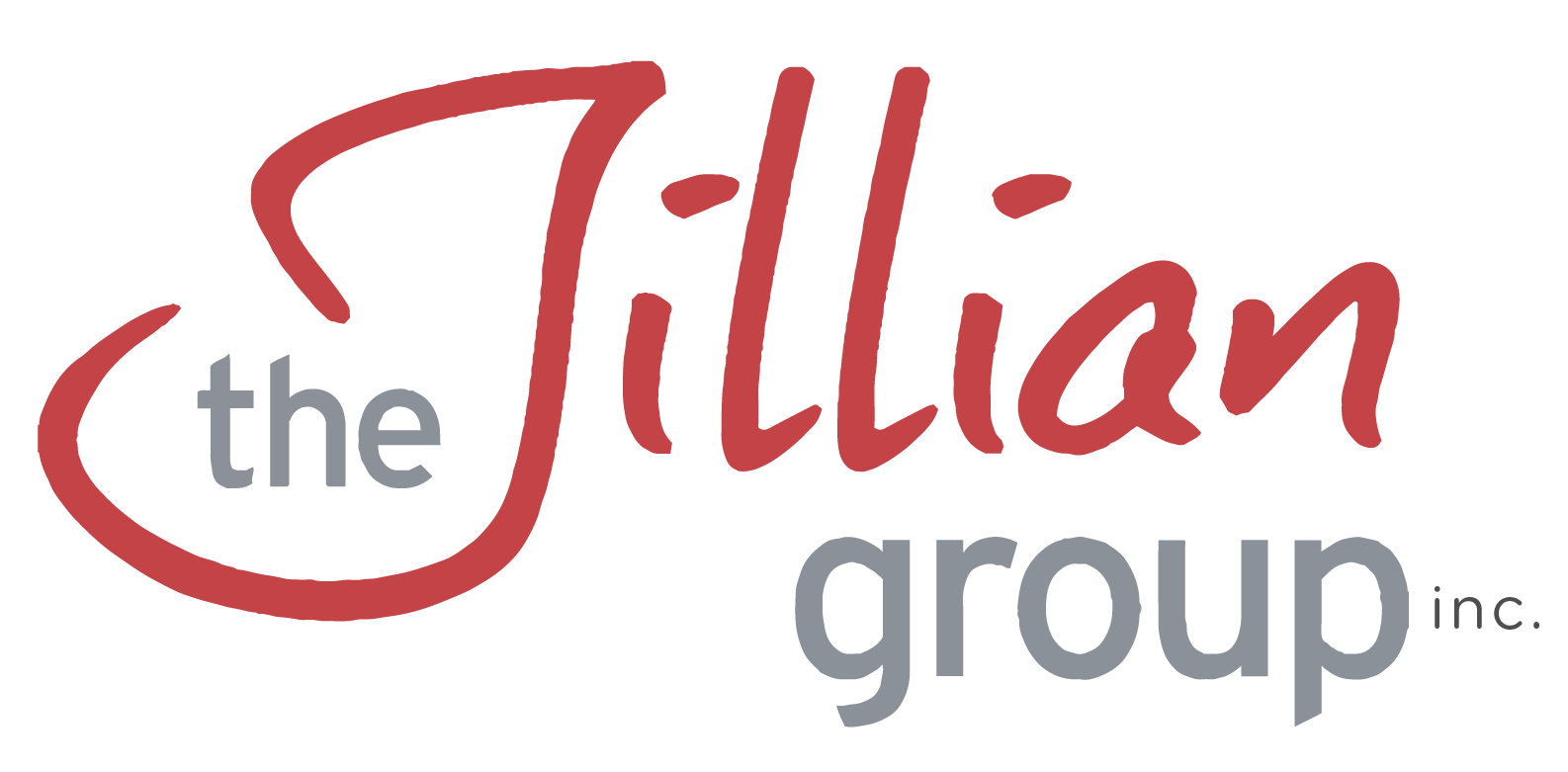Every business evolves throughout its lifetime, whether it’s a one-person operation or a major, global corporation. My business has been no different. Over the past few years, I’ve experienced a transition that entailed a deep dive into what I was doing, with and for whom I was doing it, and what the purpose or objective was.
As an agency owner and consultant with over 20 years of experience, I began to explore questions about how I truly wanted to spend my time. What types of people and engagements ignited my energy, rather than depleting it? How could I better align my business with my personal values?
This mindful and deliberate dissection and evaluation of my business naturally led me to slow down as I determined which direction to go. Conventional wisdom might call this “downsizing.” For me, it was more of a warp zone–a time to recalibrate.
What emerged from this recalibration was a desire to intentionally rebuild The Jillian Group with a focus on:
- Embracing sustainable, equitable growth for our clients and as a company.
- Challenging the status quo and limitations of “business as usual.”
- Inspiring businesses of all sizes to do their part to combat climate change, by actively contributing to the solution instead of passively or actively contributing to the problem.
In order for us to accomplish this work, we must start with ourselves. Therefore, we are steadfast in the role and impact the company has on the community, our environment, and our own team and clients. We are strategically rebuilding in a way that provides direct value and benefit to all of our stakeholders. This requires us to be proactive, open-minded, and flexible – in every facet of business.
Perspectives: What Clients Have Taught Me
Earlier in my consultancy, people, companies, and business leaders would hire me for relationship-oriented services. These included business development, event optimization, networking workshops, and more.
From there, my consultancy grew to a 40-person team, functioning as an outsourced marketing department for clients. We worked mostly with US clients in a variety of industries, including healthcare, finance, tech, legal, and luxury construction. Over the years, we have created countless campaigns, marketing collateral, events, and more.
Despite the hard work we were doing, I noticed clients often had what I call a “hole in their bucket.” Although well-intentioned, they often lacked processes within their businesses that make operations sustainable. These teams struggled to manage things like lead volume, sales funnels, and consistent customer service. Most of all, their leadership was often stuck in the all-too-common loop of working in the business rather than on the business. This can perpetuate a short-sighted focus and inability to prepare and plan ahead effectively.
Ultimately, we began to see a greater need for our clients. So, we stepped out from under the marketing umbrella to begin incorporating process improvement and development–in other words, we were regularly overseeing marketing operations from a management consulting perspective.
Evolution: From the Marketing Umbrella + Process Optimization to Embracing Sustainability
Businesses of the future require more than an abundance of leads and sound processes. Being able to navigate a constantly changing landscape of climate, politics, and technology can be especially challenging for smaller and mid-sized companies. Knowing where to deploy resources and how to achieve sustainable and equitable growth despite all these external pressures serves up a formidable yet coalescing purpose.
Our newfound vision is to help small and medium-sized enterprises to:
- Effectively compete with larger companies, especially in terms of talent acquisition.
- Equalize their focus between new business acquisitions and nurturing other stakeholder relationships.
- Build processes and culture that allow them to maximize their current assets while also not jeopardizing the future.
- Recognize that their businesses are more than revenue.
- Create more sustainable internal processes that add to their capacity, rather than taking away from it.
- Understand their opportunity and responsibility to consider the effects and ramifications of their purchasing, hiring, and consumption decisions.
There are two main ways in which we help clients to prepare for this shift. First, by pushing clients to become more proactive instead of reactive. Very often business owners and leaders have this goal for themselves but lack the support, accountability, and structures to achieve it.
The other ingredient is further developing the core competencies of our clients. You cannot outsource leadership or true management. And continuing to throw money at a deficiency most often does not address the root cause.
This focus on building capacity rather than dependency, coupled with helping them adopt a more holistic and greater vision of their companies beyond revenue, is the pathway to achieving sustainable and equitable growth.
But I felt we were still missing the north star, the true driving force for good to underpin everything we do. The B-Corp framework became that underpinning.
Journey to B Corp Certification: The Framework
Sustainability strategies can help businesses succeed at every level. Because we are so passionate about approaching sustainability as a strategy, we decided to make it an official part of our business.
I researched multiple approaches to sustainability, including CSRD, ESG, sustainability, and circularity. All of these are excellent, vital tools, but none of them felt comprehensive enough to influence organizations holistically–a necessary function, from my perspective. Finally, I rediscovered the B Corp movement and had a lightbulb moment.
The B Corp framework measures the holistic impact companies have on society and the environment. B Corporations lead the way in the areas of inclusivity, equity, and an economy that regenerates itself. To keep their certified designation, these companies must meet high standards of accountability, transparency, and proven performance.
What I love about the B Corp framework is that it functions as a single source of truth. I call it the global gold standard for how the best companies run. B Corp certification helps delineate between “good marketing and good companies.” In this case, a good company isn’t just defined by profitability. Consider how many companies you can name that are highly profitable but are constantly in the news for damages to the environment or treating their employees badly.
B Corp certification hinges on five company evaluation categories:
- Governance
- Workers
- Community
- Environment
- Customers
These company practices and outputs work harmoniously to provide the framework for the shift to a stakeholder economy from the conventional shareholder economy.
About The B Corp B Impact Assessment
Business leaders who want to measure their own companies’ performance and impact can use the B Impact Assessment to do so. This online assessment tool can help companies measure, manage, and improve positive impact performance for the environment, communities, customers, suppliers, employees, and shareholders.
You can also measure your company’s performance against similar businesses in size, industry, location, and beyond. Curious how you measure up against Patagonia, TOMS, or Warby Parker? You can find out through the B Impact Assessment.
What I love most about this tool and framework is that it takes the guesswork out of what areas of the business should be prioritized. Most companies know where their strengths lie, though most don’t know how they stack up to other businesses that are using their business as a force for good.
This is why I decided to become a B-Corp Consultant. I can now lead other companies through the B Impact Assessment and certification process. The first company I started with is my own; we are currently working toward certification.
Interested in exploring B Corp Certification for your company?

